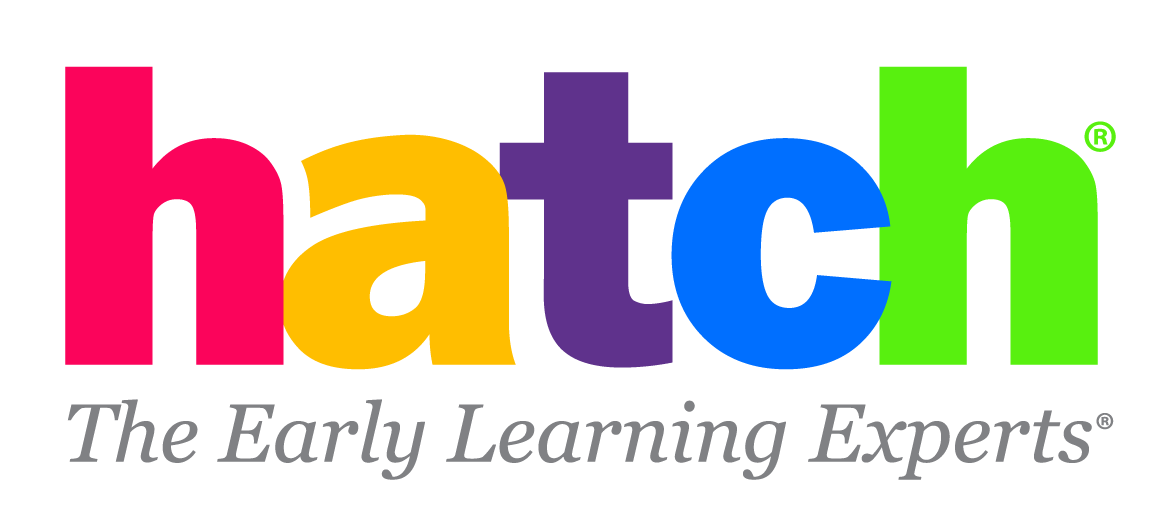Children love to play games, from hopscotch to Go Fish. Games are fun, engaging activities—and early childhood educators can utilize children’s love of games to help them learn.
Games are a type of play, and we know from research that young children learn through play. Meaningful play experiences help children develop cognitive and social skills and help children practice skills for executive functioning (Mardell, et al., 2016).
Playful learning happens along a spectrum from free or self-directed play to guided play, to games. Game-play learning experiences in the early childhood classroom are adult-initiated, child-directed, and centered around a learning goal (Zosh et al., 2018; Zosh et al, 2022).
To incorporate games into your early childhood classroom it is first helpful to first have a deeper understanding of game-based learning.
Game-Based Learning
Game-based learning is the process of designing learning experiences using gaming principles to make learning fun and engaging. Quality game-based learning experiences:
- Have defined learning outcomes
- Engage the learner’s intrinsic motivation, and
- Can be used for learning or assessment (Plass et al., 2015).
Game-based learning uses concepts like motivation, player engagement, adaptivity, and graceful failure to help children learn in an engaging and interesting way.
Game-Based Learning is Developmentally Appropriate
Game-based learning is not just a fun, engaging experience. It also helps children practice important, developmentally appropriate skills. Game-based learning can provide young children with the opportunities to:
- Collaborate with peers and practice critical social-emotional skills
- Learn through failure, repetition, and practice
- Practice goal setting
- Support preschooler’s agency and involvement in their learning
- Develop intrinsic motivations for learning
Planning Your Game-Based Learning
So, how do you get started? There are four simple steps you can follow to begin incorporating game-based learning into your classroom.
- Identify your learning objective. Choose a learning goal for your game. These goals can be based on curricula or learning standards or based on an observed need in your classroom.
- Choose your game type. Decide how you want children to play. Will you create a board game or puzzle, or utilize a role-playing or digital game?
- Prepare the game or activity. Think about how to creatively engage your learners. Are there opportunities for children to be engaged cognitively, emotionally, and behaviorally? Will children be motivated to stay engaged in gameplay? Is the activity customizable or adaptable? Are there opportunities for children to fail and try new things?
- Play! This is the best part! Now you encourage children to play. Walk them through the activity modelling or doing a practice round together. Then set them free and watch them explore and learn!
- Reflect. After the game is complete, do some self-reflection to find ways to enhance or alter the game experience for next time. What worked well? What did not work well? Was it too easy? Too challenging? What part did the children like the most?
Want to learn more about game-based learning? Watch our full webinar on Game-Based Learning in the Early Childhood Classroom.

